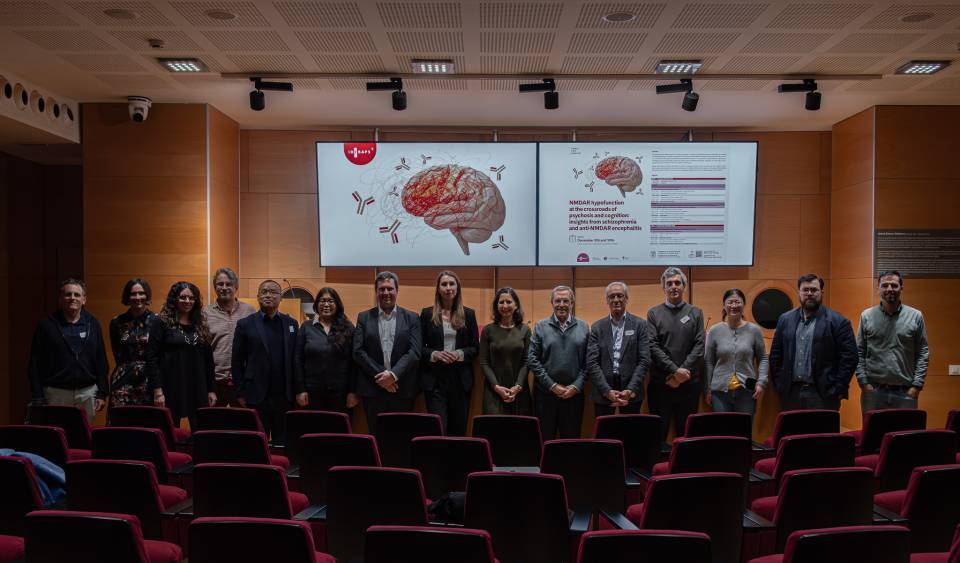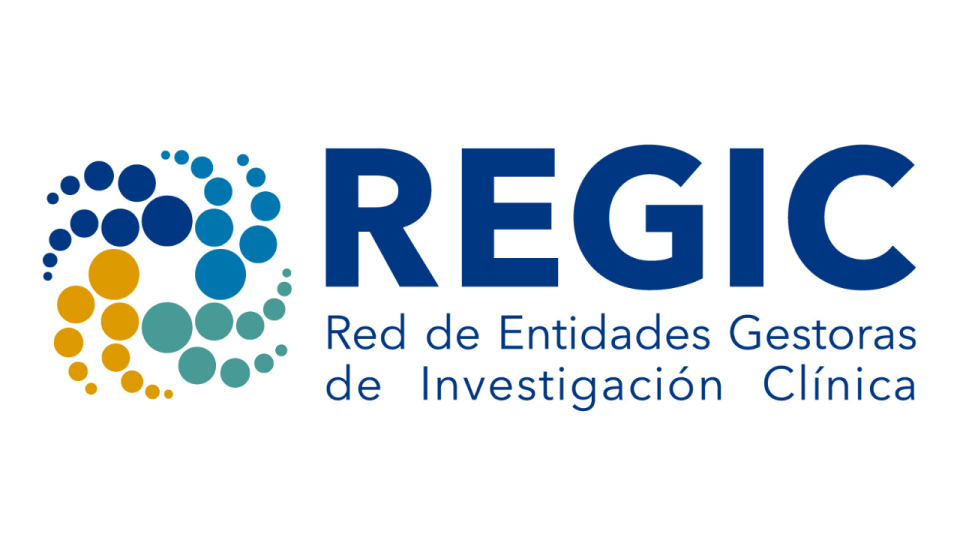The study is led by Albert Giralt, Ramon y Cajal researcher at the UB, and also signed by the experts Jordi Alberch, Laura López Molina, Anna Sancho-Balsells, Ana López and Silvia Ginés, from the Faculty of Medicine and Health Sciences and UBNeuro, and members of the August Pi i Sunyer Biomedical Research Institute (IDIBAPS) and the Network Center for Biomedical Research in Neurodegenerative Diseases (CIBERNED). Other participants in the study are José María Delgado García and Angès Gruart, from Universidad Pablo de Olavide, and other experts from Inserm (France) and Institut du Fer à Moulin (France).
A promising strategy with important challenges
Alzheimer’s disease is the most common dementia among people. Neurodegeneration in patients with this disease causes damage in memory and in other cognitive skills, sometimes combined with symptoms such as mood swings and personality changes. One of the most promising therapies against Alzheimer’s is the use of neurotrophic factors –a family of proteins favouring neuron survival- such as the brain-derived neurotrophic factor (BDNF). However, BDNF administration has important challenges, such as the lack of control of its release, which does not allow leading it specifically to the sick tissue nor releasing the proper amount of levels, mainly considering high doses can be neurotoxic.
In this study, researchers studied BDNF generated by astrocytes, a type of star-shaped glial cells in the brain and the spinal cord. Astrocytes are affected by one of the neuroinflammation processes of Alzheimer’s, the astrogliosis, in which the glial fibrillary astrocytic protein (GFAP) and its coding gene are the most altered ones. In this context, researchers designed an experiment in which genetically modified mice suffer from Alzheimer’s and produce the BDNF protein depending on the GFAP levels. “With this design, from the moment neuroinflammation and pathology came up, the astrocytes could generate BDNF in the most affected areas of the sick brain. Therefore, the endogen reactions of the brain would regulate BDNF administration depending on the severity of the disease”, says Albert Giralt, member of the Consolidated Research Group on Physiopathology of Neurodegenerative Diseases of the UB.
Effects of neuron formation and plasticity
The study shows this method restores the production and release of the neurotrophin in the sick neuronal tissue when the pathology starts. Then, the BDNF generated by astrocytes regulates neuron formation in samples of in vitro neuronal cultures and has cognitive effects in transgenic mice models. “These results show for the first time that astrocytes, so far regarded as neuronal, can produce BDNF and have the necessary molecular mechanisms to release it in the areas of the diseased tissue which requires activity to favour neuronal survival”, says Albert Giralt.
Researchers also note that “the singularity of the design of the experiment enabled the astroglial cells to ‘decide’ when, where and what amount to produce and give BDNF to altered brain tissues”. Therefore, “traits of the patient can mark endogenously and self-regulated the dose and other necessary therapeutic dynamics for a customized treatment”.
Although the use of this therapy in humans is still far from taking place, researchers note the use of astrocytes out of induced pluripotent stem cells as a promising therapeutic strategy to be explored. “One possibility would be to derive induced stem cells from the skin of the patients, and then modify them genetically in vitro to express the BDNF under the GFAP promoter. Last, the last step would be to differentiate them and move them to the most altered brain regions of patients to boost survival and proper functioning of the existing neurons”, notes Albert Giralt.
Viability in other neurodegenerative diseases
This study using neuroinflammation processes makes it possible to apply them to other neurodegenerative diseases. “Our objective is, on the one hand, making this therapeutic approach plausible for the use in humans, and on the other, present similar approaches for neurodegenerative diseases in which neuroinflammation is a main symptom”, concludes the researcher.
Reference article:
Benoit de Pins, Carmen Cifuentes-Díaz, Amel Thamila Farah, Laura López-Molina, Enrica Montalban, Anna Sancho-Balsells, Ana López, Silvia Ginés, José María Delgado-García, Jordi Alberch, Agnès Gruart, Jean-Antoine Girault and Albert Giralt. “Conditional BDNF delivery from astrocytes rescues memory deficits, spine density and synaptic properties in the 5xFAD mouse model of Alzheimer disease”. Journal of Neuroscience, January 2019. Doi: https://doi.org/10.1523/JNEUROSCI.2121-18.2019




